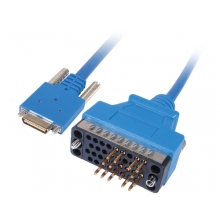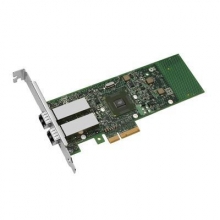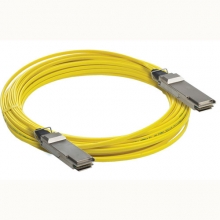- Optical Transceivers
- SFP+ Transceivers
- XENPAK Transceivers
- XFP Transceivers
- X2 Transceivers
- SFP Transceivers
- Compatible SFP
- 3Com SFP
- Alcatel-Lucent SFP
- Allied Telesis SFP
- Avaya SFP
- Brocade SFP
- Cisco SFP
- D-Link SFP
- Dell SFP
- Enterasys SFP
- Extreme SFP
- Force10 SFP
- Foundry SFP
- H3C SFP
- HP SFP
- Huawei SFP
- Intel SFP
- Juniper SFP
- Linksys SFP
- Marconi SFP
- McAfee SFP
- Netgear SFP
- Nortel SFP
- Planet SFP
- Q-logic SFP
- Redback SFP
- SMC SFP
- SUN SFP
- TRENDnet SFP
- ZYXEL SFP
- Other SFP
- FE SFP
- GE SFP
- OC3 SFP
- OC12 SFP
- OC48 SFP
- Copper SFP
- CWDM SFP
- DWDM SFP
- BIDI SFP
- Fiber Channel SFP
- Multi-Rate SFP
- SGMII SFP
- Compatible SFP
- GBIC Transceivers
- Passive Components
- Networking
- Cables
- Equipments
- Tools
- Special Offers


Industry News
Orckit-Corrigent upgrades network for Cable Color in Honduras
December 17, 2011Orckit-Corrigent Ltd. (NASDAQ: ORCT) has teamed up with TELSOL, a turn-key telecommunications provider in Central America, to provide new packet-transport networking (PTN) equipment for cable television operator Cable Color. The Honduran company has selected Orckit-Corrigent’s IP/MPLS and MPLS-TP based CM-4000 PTN switches and the accompanying CM-View network management system.
Argentina’s Cablevision selects Alcatel-Lucent’s 100G platform
December 17, 2011Alcatel-Lucent (Euronext Paris and NYSE: ALU) says it has deployed the first 100G-capable cable-TV network in South America. Cablevision Argentina has selected the vendor’s 100-Gbps coherent optical networking technology to increase performance and meet growing bandwidth demands driven by video streaming, Web applications, file sharing, and high-definition movies.
Sunrise Telecom adds OTDR and fiber inspection to RxT for mobile backhaul test
December 17, 2011In response to the increasing use of fiber optics in wireless backhaul networks as well as on cell towers themselves, Sunrise Telecom Inc. (OTC:SRTI) has unveiled the RxT-4000 Fiber Optics Toolkit (FOT) and the FiberScope inspection option to the company’s RxT Smart Productivity Test Platform. Sunrise Telecom also expects to the new modules to find use in networks using fiber to provide business and cloud-based services.
A pure Ethernet MAN can be highly cost-effective
December 16, 2011Despite these shortcomings, non PBT/PBB enabled Ethernet-based MANs are used for two primary purposes: For small scale deployments (under a few hundred customers), a pure Ethernet MAN can be highly cost-effective. It also has the advantage of not requiring advanced knowledge of IP and related protocols, such as BGP and MPLS, which are necessary for an MPLS-based deployment.
Digital subscriber line access multiplexer
December 15, 2011At the exchange, a digital subscriber line access multiplexer (DSLAM) terminates the DSL circuits and aggregates them, where they are handed off onto other networking transports. In the case of ADSL, the voice component is also separated at this step, either by a filter integrated in the DSLAM or by a specialized filtering equipment installed before it. The DSLAM terminates all connections and recovers the original digital information.
RAMPLAS effort seeks 100-Gbps optical RAM
December 15, 2011A new project, partially funded by the European Commission under its Seventh Framework Programme (FP7-ICT-2009-C), will seek to develop a silcon-based optical random access memory (RAM) device capable of operating at 100 Gbps. The effort, called RAMPLAS, will seek to improve upon the access speeds now supported by Static RAM and DDR3 DRAM devices in a way that can keep pace with advances in processor speeds.



















































